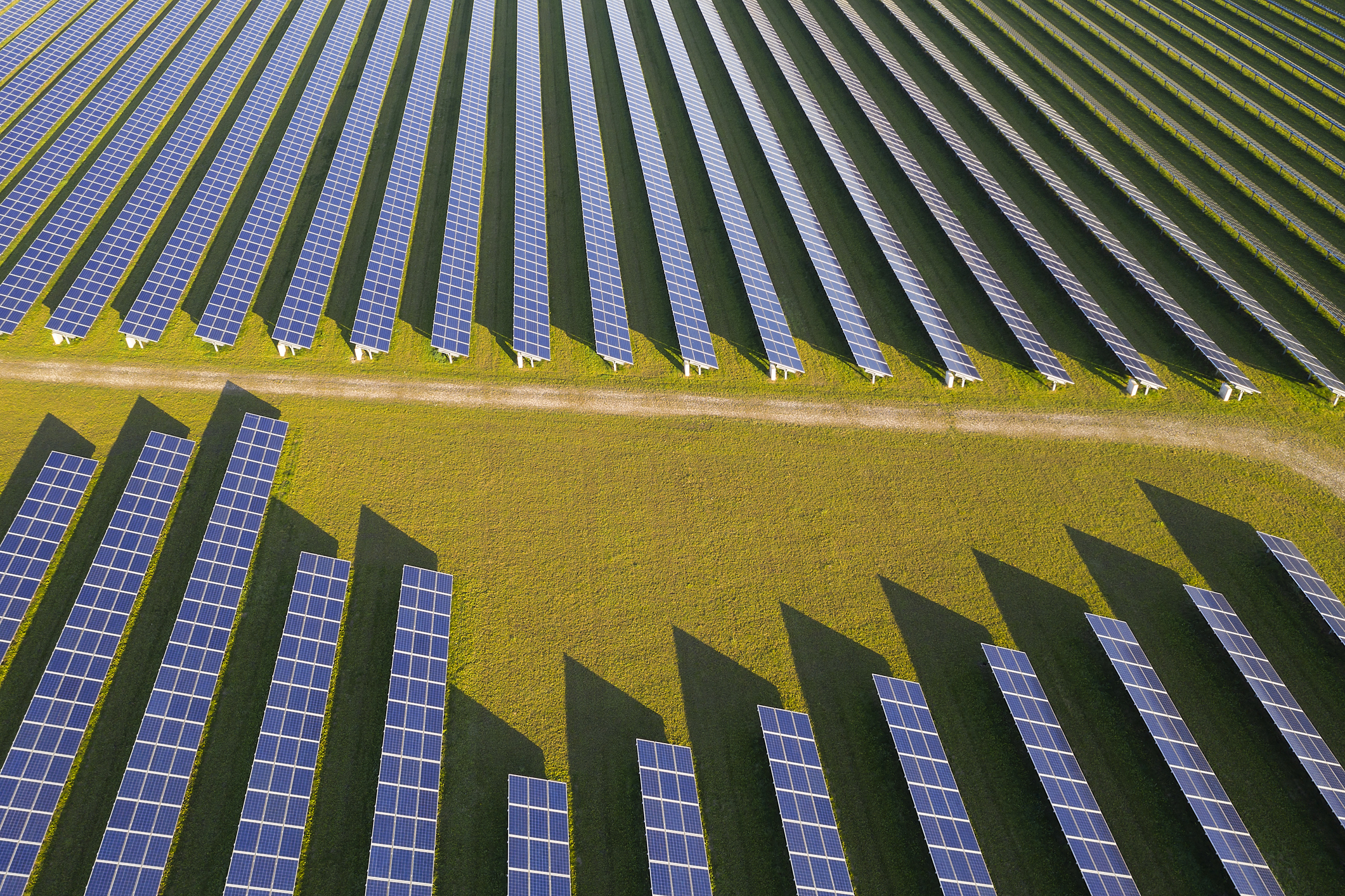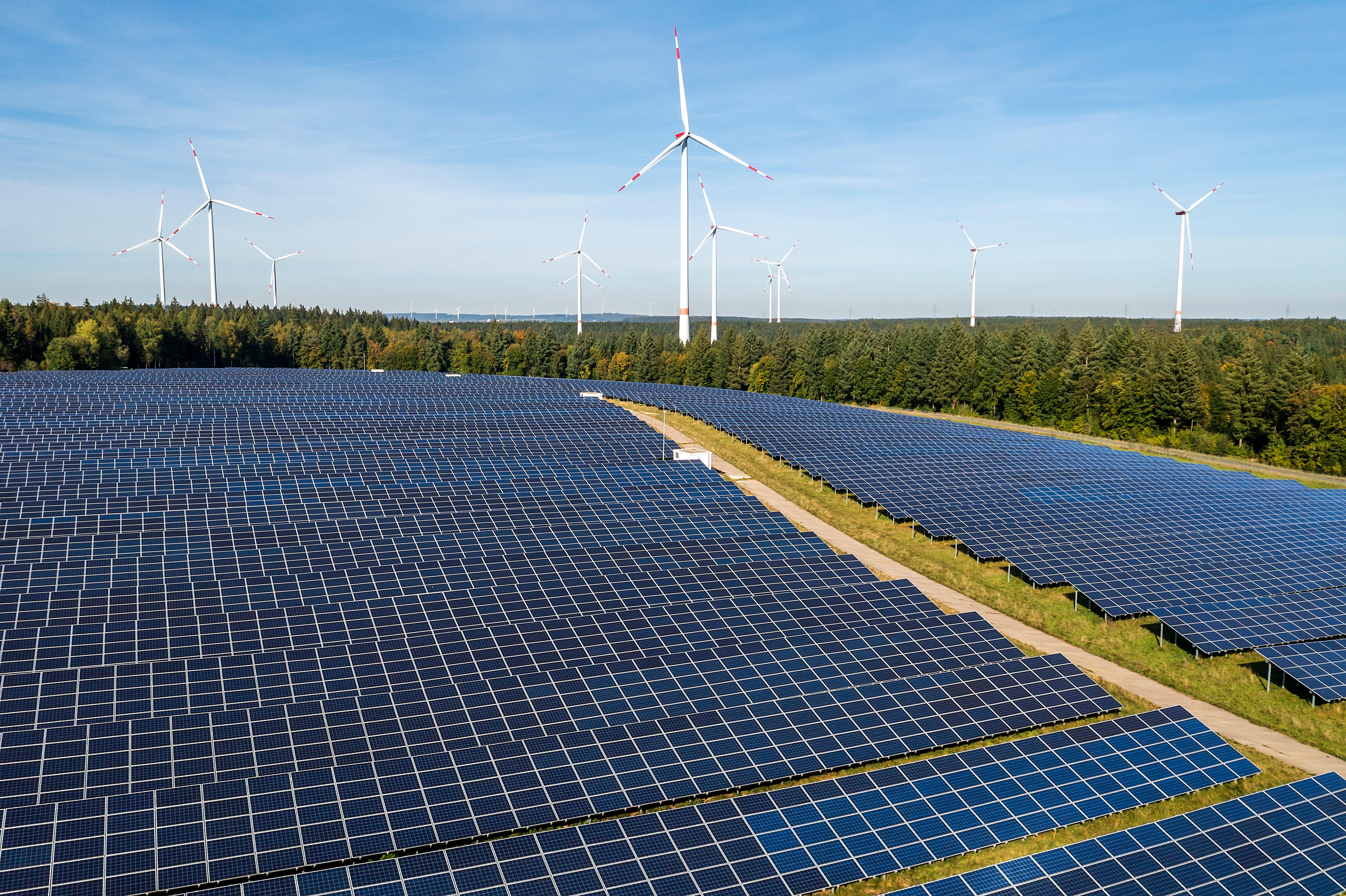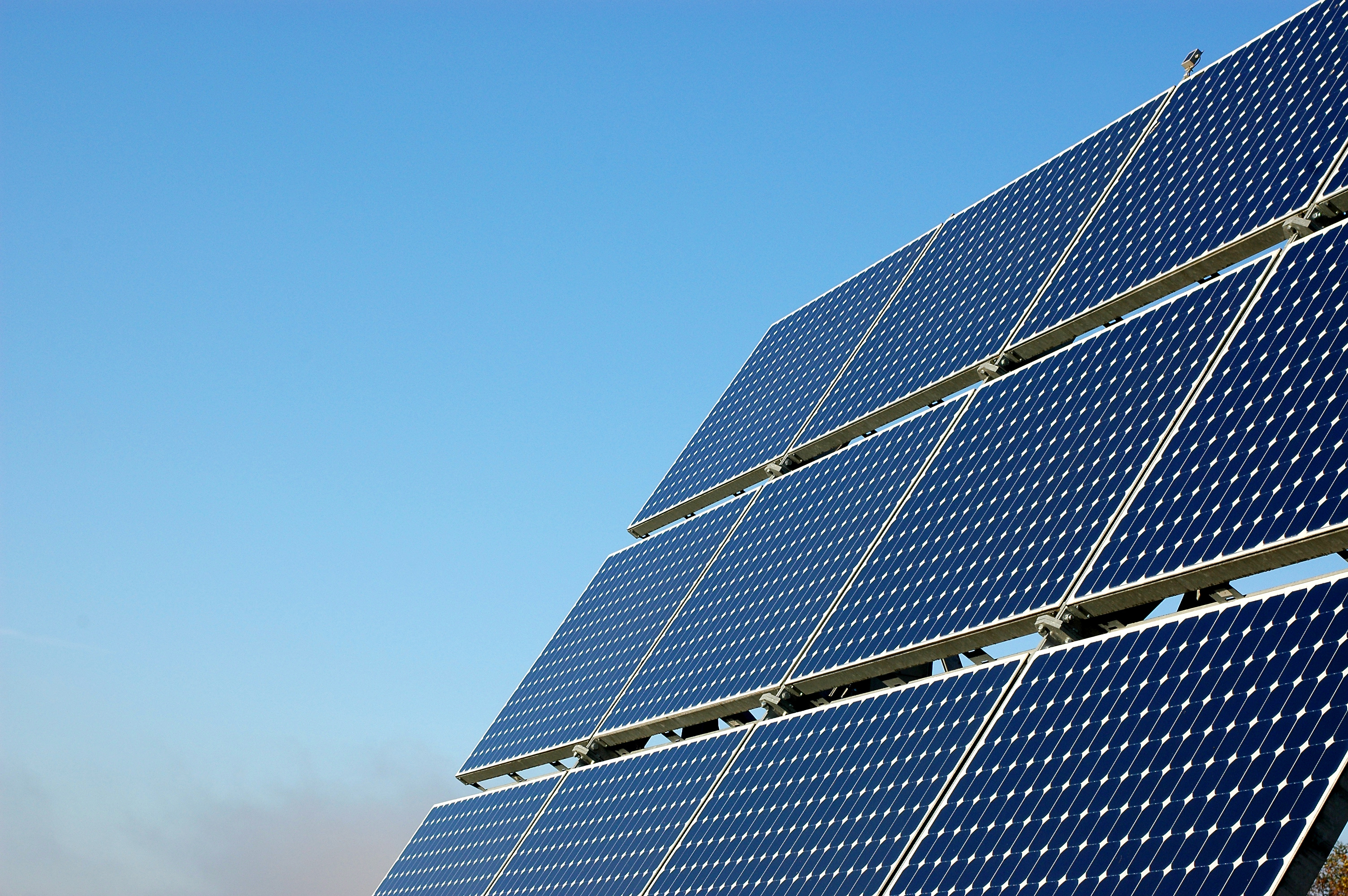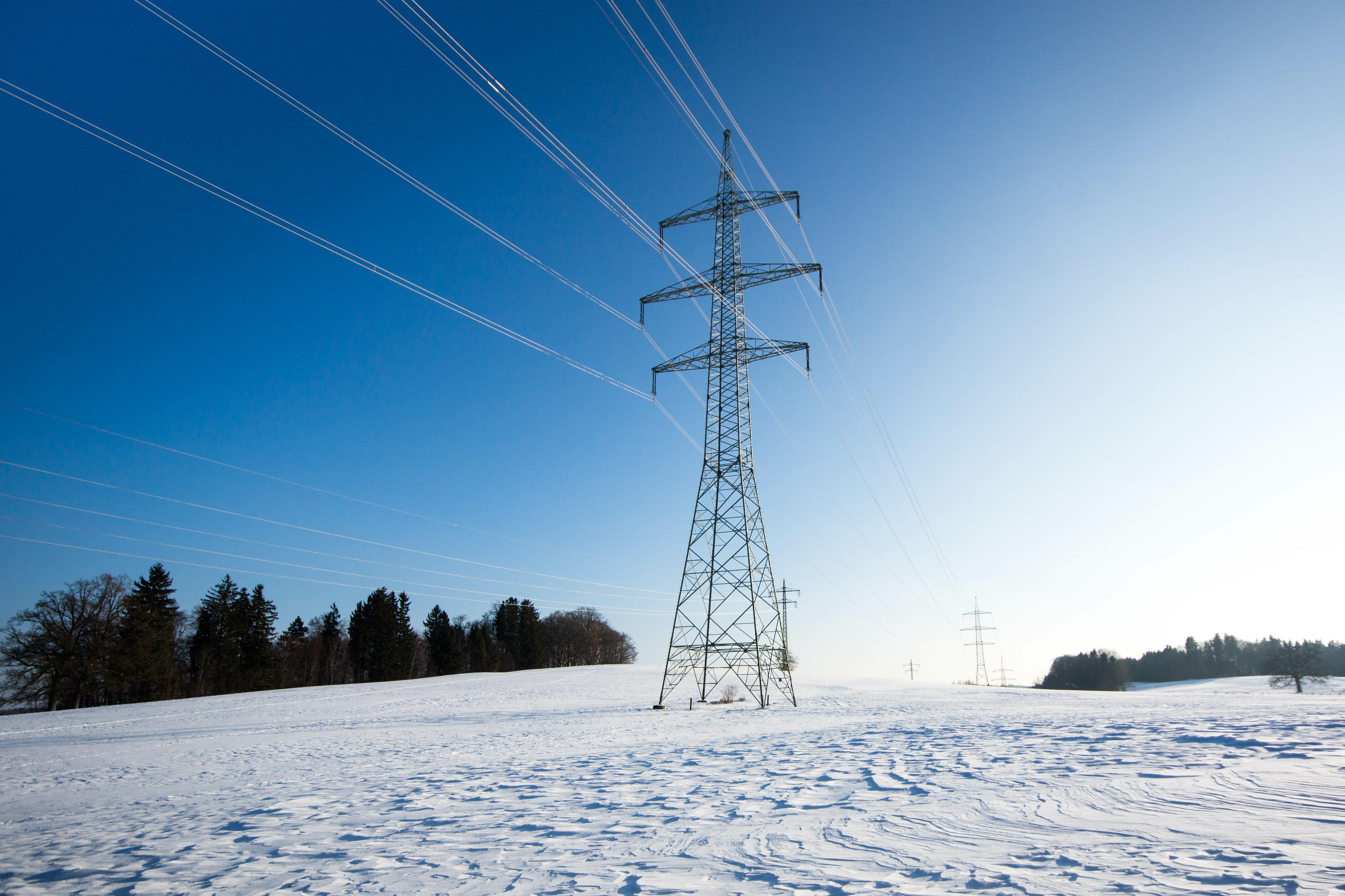Hint: This website is not optimized for your browser version.
Electricity market in the third quarter of 2024
Record highs for renewables
10 October 2024 – Solar power and onshore wind reached record highs in the third quarter of 2024. Electricity generation rose by 2% compared with the third quarter of 2023 and electricity consumption by 3.7%. Germany was a net importer in commercial foreign trade.
In the third quarter of 2024 a total of 99,354.5 gigawatt hours (GWh) of electricity was generated in Germany, representing an increase of just under 2% compared with the third quarter of 2023.* Electricity consumption (grid load) increased by 3.7% to 112,354.6 GWh. The residual load fell slightly by just under 1% to 63,143.2 GWh.
Quarterly record highs for solar power and onshore wind
A total of 63.6% of the electricity produced in Germany came from renewable sources, compared with 59.6% in the third quarter of 2023. Total generation from renewables increased by 8.8% to 63,188.8 GWh. The largest increases were in generation from solar power (18.4%), offshore wind (12.8%) and hydropower (11.7%).
The two largest renewable energy sources each reached a quarterly record high in generation: solar power accounted for 24,661.9 GWh (18.4% higher than the previous record) and onshore wind 19,672.8 GWh (1.1% higher). Both of the previous third-quarter records were set in 2023. Hydropower and offshore wind each generated the second highest amount of electricity in a third quarter.
High levels of generation due to abundant sun, wind and rain
Germany's national meteorological service, the Deutscher Wetterdienst, recorded above-average levels of sunshine in all three months of the quarter. August had as much as about 25% more sunshine than usual. This resulted in a particularly high level of generation from solar power of 9,038.7 GWh, 24.0% more than the previous record set in August 2022.
There were also severe storms with high levels of rain and wind, which boosted hydropower and onshore wind generation. One particular storm was Storm Anett in September. By contrast, the summer weather in July was variable with high levels of both sunshine and wind and rain; this led to a record high in solar generation (9,283.6 GWh, 17.5% more than the previous record set in July 2022) and above-average levels of generation from wind and hydropower.
By contrast, conventional energy sources' share of total generation decreased by 8.1% to 36.4%. The only increase was for pumped hydro stations, which generated 3,065.1 GWh of electricity, a rise of 27.1%. Pumped hydro stations are counted as a conventional energy source because they use electricity to fill their reservoirs with water. The source of the electricity they use depends on the generation mix when they fill their reservoirs, which means that they also use electricity from conventional sources and cannot be counted as a renewable energy source.
Day-ahead wholesale electricity prices again lower
The average wholesale price was 75.99 euros per megawatt hour (€/MWh), 16.3% lower than in the third quarter of 2023 (€90.78/MWh).
The lowest price in the third quarter of 2024 was negative €73.96/MWh and was recorded between 1pm and 2pm on Sunday 14 July 2024. Generation from renewables was more than enough to cover the grid load of 45,778 MWh in this hour, with solar power alone accounting for 37,410 MWh.
The highest wholesale price of €656.37/MWh was recorded between 7pm and 8pm on Tuesday 3 September 2024. During this hour, there was a typically high weekday evening level of consumption of 58,805 MWh, while generation from renewables was particularly low.
Day-ahead wholesale electricity prices in Germany | ||
Q3 2024 | Q3 2023 | |
Average [€/MWh] | 75.99 | 90.78 |
Minimum [€/MWh] | -73.96 | -500.00 |
Maximum [€/MWh] | 656.37 | 524.27 |
Number of hours with negative prices | 189 | 101 |
Number of hours with prices above €100/MWh | 618 | 877 |
The average wholesale price in Germany's neighbouring countries was €64.95/MWh and therefore 14.5% lower than the price in Germany. Average wholesale prices were particularly low in Sweden (€34.96/MWh), Norway (€37.76/MWh) and France (€51.14/MWh) and highest in Hungary (€120.98/MWh), Italy (€115.95/MWh) and Poland (€101.47/MWh).
Commercial foreign trade
Germany exported a total of 7,209.0 GWh in the third quarter of 2024, 58.4% more than in the third quarter of 2023. Germany exported most electricity to Austria (2,044.9 GWh), Poland (1,295.1 GWh) and Czechia (971.0 GWh).
The following chart shows the correlation between a high level of generation from renewables, wholesale prices and exports, and illustrates the effectiveness of the European internal electricity market. Germany exported electricity above all when renewables covered a large part of the country's own demand, which is when the price of electricity is particularly low. This meant that neighbouring countries did not have to meet their demand with electricity from expensive sources.
Germany imported a total of 19,615.9 GWh of electricity from neighbouring countries in the third quarter of 2024. This represents an increase of 2.5% compared with the third quarter of 2023 (19,141.6 GWh). The largest amounts were imported from France (4,921.7 GWh), Switzerland (3,962.1 GWh) and Denmark (3,956.5 GWh), as in the third quarter of 2023.
The most significant changes were in imports from France, which increased by 94.6%, and in exports to the Netherlands, which increased by 208.7%. In the third quarter of 2023 Germany had imported more electricity from Poland and Czechia than it had exported to them, while in the third quarter of 2024 it was a net exporter to these two countries. Total net electricity imports (imports minus exports) fell by 15.0% to 12,407.0 GWh.
An overview of Germany's commercial foreign trade in electricity in the third quarter of 2024:
- Austria:
Exports: 2,044.9 GWh Imports: 273.9 GWh - Belgium:
Exports: 397.0 GWh Imports: 1,455.6 GWh - Czechia:
Exports: 971.0 GWh Imports: 411.7 GWh - Denmark 1:
Exports: 512.7 GWh Imports: 2,956.5 GWh - Denmark 2:
Exports: 190.0 GWh Imports: 1,000.0 GWh - France:
Exports: 321.3 GWh Imports: 4,921.7 GWh - Netherlands:
Exports: 824.7 GWh Imports: 1,728.1 GWh - Norway:
Exports: 279.4 GWh Imports: 1,849.4 GWh - Poland:
Exports: 1,295.1 GWh Imports: 361.7 GWh - Sweden
Exports: 68.5 GWh Imports: 695.2 GWh - Switzerland:
Exports: 304.4 GWh Imports: 3,962.1 GWh
_________________________________________________________
*The actual generation is the net electricity generation. It is the electricity fed into the general supply network less the electricity consumed by power plants themselves. It does not include electricity generated in the Deutsche Bahn network or within industrial networks and closed distribution networks.



